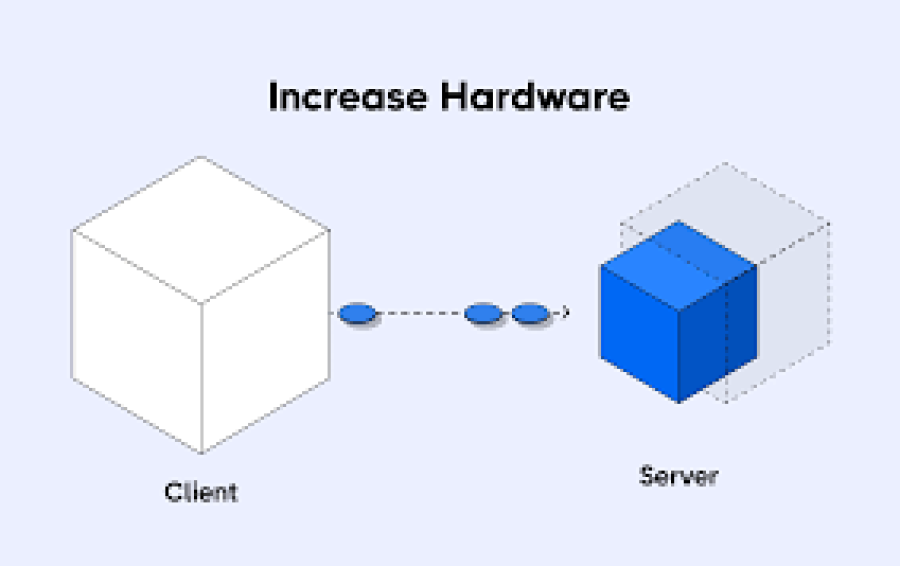How to Scale Databases for High-Traffic Web Applications
Scaling databases for high-traffic web applications is a critical skill for freelancers aiming to deliver reliable, fast, and scalable solutions to clients. As web applications grow and attract more users, their databases face increased demand that can affect performance and user experience. Knowing how to scale databases effectively ensures your projects can handle traffic spikes, maintain uptime, and provide fast data access. This guide covers essential strategies and best practices for scaling databases to support high-traffic environments efficiently.
Long Description
High-traffic web applications require databases that can manage millions of requests without slowing down or crashing. As a freelancer, designing scalable database architectures is essential for building professional, production-ready applications that meet client expectations. Here’s a detailed guide with key points and best practices to help you scale databases for high-traffic web applications:
1. Understand the Challenges of High-Traffic Databases
High-traffic databases often face issues like slow queries, locking, replication lag, and resource exhaustion. Identifying bottlenecks early helps design solutions that prevent downtime and maintain fast response times.
2. Vertical Scaling vs. Horizontal Scaling
Vertical Scaling (Scaling Up): Involves adding more resources (CPU, RAM, SSDs) to a single database server. It's simple but limited by hardware capacity and cost.
Horizontal Scaling (Scaling Out): Involves distributing data and queries across multiple servers or instances. This approach is more complex but offers better long-term scalability.
3. Use Database Replication
Replication involves copying data from a primary database to one or more secondary servers. This improves read scalability by allowing read queries to be distributed, reducing the load on the primary server. Replication also enhances availability and disaster recovery.
4. Implement Sharding (Data Partitioning)
Sharding splits a large database into smaller, more manageable pieces called shards, each hosted on different servers. This approach distributes both read and write loads and allows parallel processing, essential for massive-scale applications.
5. Optimize Queries and Indexing
Efficient queries and proper indexing reduce database load significantly:
Analyze slow queries and rewrite them for better performance.
Use indexing strategies suited for your query patterns.
Avoid unnecessary joins and large table scans.
6. Employ Caching Layers
Use caching solutions like Redis or Memcached to store frequently accessed data. Caching reduces database queries, decreases latency, and improves user experience under heavy load.
7. Connection Pooling and Load Balancing
Use connection pooling to reuse database connections and reduce overhead.
Implement load balancers to distribute requests evenly across database replicas.
8. Choose the Right Database Technology
Consider if your application benefits from:
Relational Databases: Great for structured data and complex queries.
NoSQL Databases: Suitable for flexible schemas and high write throughput.
NewSQL Databases: Provide SQL capabilities with horizontal scalability.
9. Monitor Performance Continuously
Use monitoring tools to track query performance, replication lag, CPU and memory usage.
Set alerts to identify and resolve issues before they impact users.
10. Plan for Disaster Recovery and Backups
Regular backups ensure data safety in case of failures.
Test recovery procedures to minimize downtime.
11. Freelancers’ Advantages
Mastering database scaling techniques helps freelancers:
Deliver robust, scalable applications that impress clients.
Reduce maintenance and troubleshooting time.
Expand service offerings to include high-traffic app development.
Gain expertise sought after in freelance marketplaces like freelancerbridge.
12. Summary of Best Practices
Assess your app’s traffic and data growth to choose appropriate scaling methods.
Combine replication, sharding, and caching for optimal performance.
Optimize database schema and queries continuously.
Use monitoring and alerting to maintain healthy database operations.
Regularly update your skills with new database technologies and trends.
By applying these strategies, freelancers on freelancerbridge can confidently scale databases to support high-traffic web applications, ensuring client satisfaction and business growth.


 by Emily
by Emily




